What Happened?
Extinct dog breeds are like names in old books, they’re echoes of changing times, shifting needs, and evolving human tastes. Each one left a unique pawprint on history, shaping the dogs we know today. Let’s take a walk through the stories of ten remarkable extinct dog breeds, discovering what made them special and why they faded away.

1. Alpine Mastiff
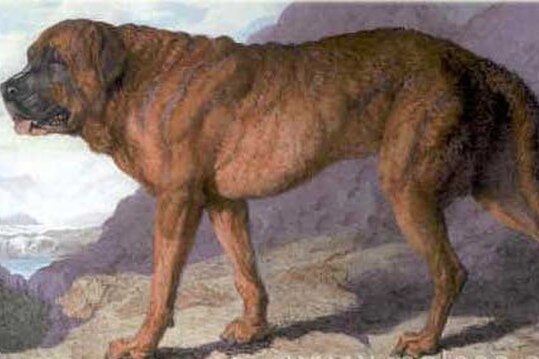
The Alpine Mastiff once patrolled the rugged mountains of Switzerland and northern Italy, famed for its massive size and protective instincts, and used as a guardian and rescue dog. This breed was a gentle giant with a thick coat perfect for cold climates. As other mastiff breeds gained popularity and crossbreeding became common, the Alpine Mastiff’s pure bloodline faded. Its genes, however, live on in the English Mastiff and Saint Bernard, some of today’s most beloved giants.
Source: lassiehondekos.co.za
2. Toy Trawler Spaniel
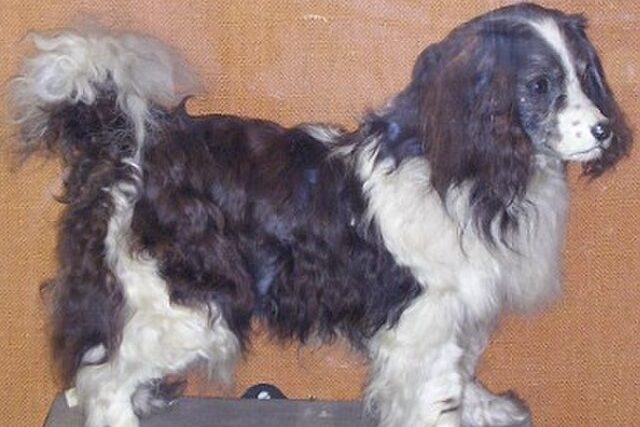
The Toy Trawler Spaniel charmed dog enthusiasts with its silky coat and affectionate personality. Bred as a show dog and companion, it was once a darling of the dog-loving elite. But as preferences shifted toward other small breeds like the French Bulldog, the Toy Trawler Spaniel’s popularity waned. Attempts to revive it were unsuccessful, and now its gentle nature survives only in the bloodlines of other spaniels.
Source: en.wikipedia.org
3. St. John’s Water Dog

Originating in Newfoundland, the St. John’s Water Dog was a hardworking companion for fishermen, famed for its love of water and strong swimming ability. It was exported to England and crossbred to create new breeds like the Labrador Retriever. The St. John’s Water Dog’s pure bloodline faded by the 1980s. Regardless, its legacy is alive in every Labrador and Golden Retriever that splashes into a lake today.
Source: en.wikipedia.org
4. Paisley Terrier
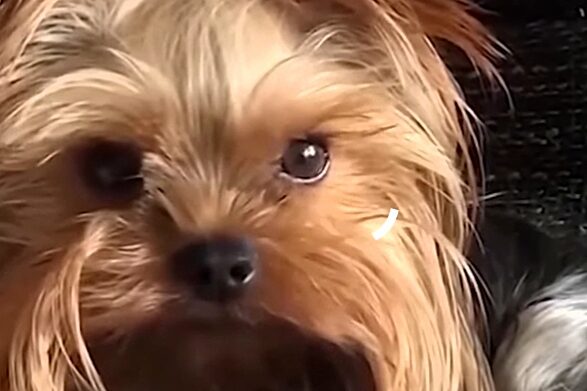
The Paisley Terrier was once the height of canine fashion, adored for its flowing fur and sweet temperament. This small terrier thrived as a companion and show dog, but changing trends in pet ownership led to its decline. As new breeds captured the public’s attention, the Paisley Terrier quietly slipped into extinction. But, its influence lingers in modern terriers.
Source: en.wikipedia.org
5. Russian Tracker
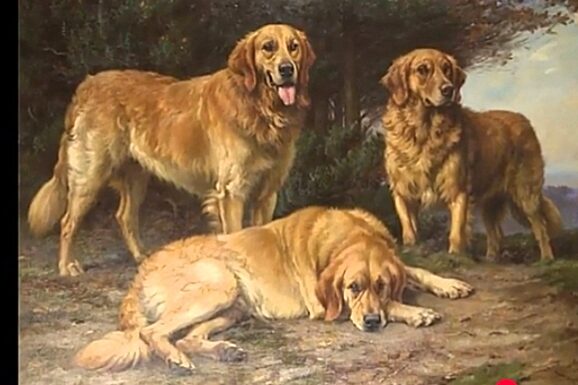
Once a stalwart guardian of livestock in Russia’s harsh climates, the Russian Tracker was built for endurance and independence. Its thick coat and imposing size made it perfect for protecting herds from predators. However, as farming methods modernized and more adaptable herding breeds emerged, the Russian Tracker’s numbers dwindled. No formal efforts were made to save the breed, and today, only hints of its protective instincts remain in certain livestock guardian dogs.
Source: europetnet.org
6. Bullenbeisser
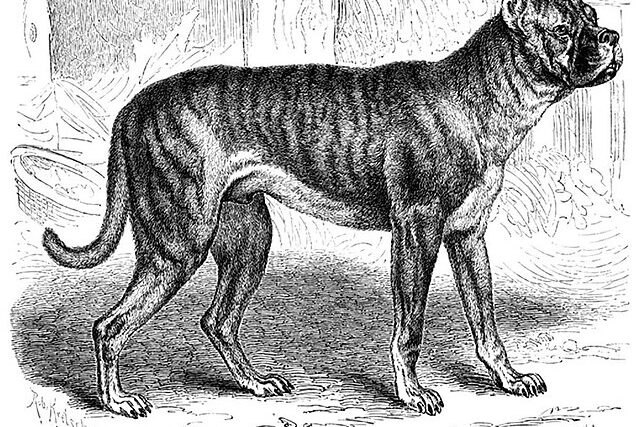
The Bullenbeisser, often called the German Bulldog, once roamed Germany, Belgium, and the Netherlands with a reputation for strength and agility. Originally bred for brutal sports like bull and bear baiting, these muscular dogs were the ultimate working companions of their age. But as such blood sports fell out of favor and the demand for aggressive guard dogs waned, the Bullenbeisser’s role diminished. Rather than disappearing overnight, their legacy lives on. Its crossbreeding with other breeds led directly to the creation of the modern Boxer. Today’s Boxers still carry the Bullenbeisser’s athleticism and loyal temperament, even if the original breed no longer exists.
7. Molossus

Ancient Greece, is where you’d find the formidable Molossus-dogs, bred by the Molossian tribe for hunting and guarding livestock. Revered for their power and courage, these dogs are the ancestors of today’s mastiffs. Over centuries, Molossus bloodlines spread across Europe, blending into new breeds as societies changed. In other words, their extinction was a gradual transformation as their traits were absorbed into the mastiffs and other large working dogs we know today. The Molossus may be gone, but its influence is everywhere in the world of big, loyal guardians.
8. Dogo Cubano
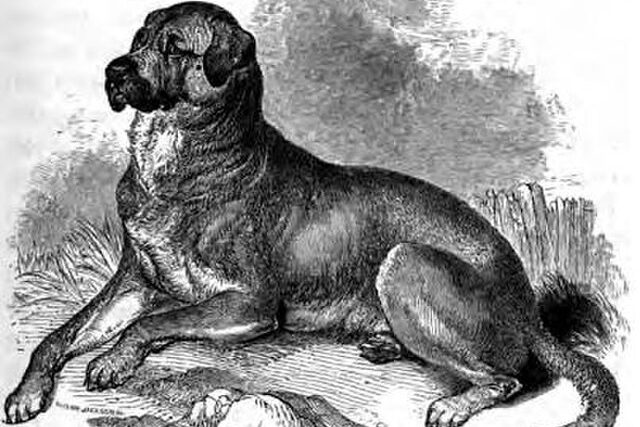
The Dogo Cubano, or Cuban Mastiff, was bred for strength and intelligence, serving as a guard dog and hunter in colonial Cuba. Its muscular build and fearless nature also made it indispensable for estate protection and tracking. But as Cuba’s social landscape shifted; particularly with the abolition of slavery and decline of blood sports, the need for such aggressive working dogs gradually disappeared without dedicated breeders to maintain the line. However, its legacy is now seen in the traits of modern mastiffs.
9. Chien-Gris
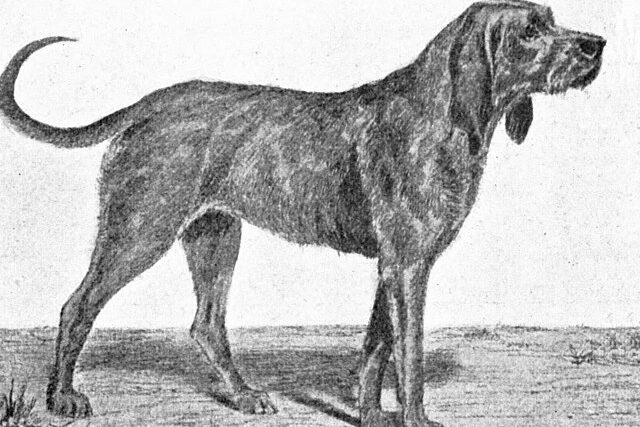
The Chien-Gris was a celebrated hunting dog in medieval France, known for its stamina, keen nose, and unique vocalizations. Nobles prized these dogs for tracking large game, but as hunting techniques and preferences evolved, the Chien-Gris fell out of favor. Modern scent hounds and changing regulations made them obsolete, and without active preservation efforts, the breed faded into history. Some of its traits linger in today’s hounds, but the pure Chien-Gris is lost.
10. Norfolk Spaniel
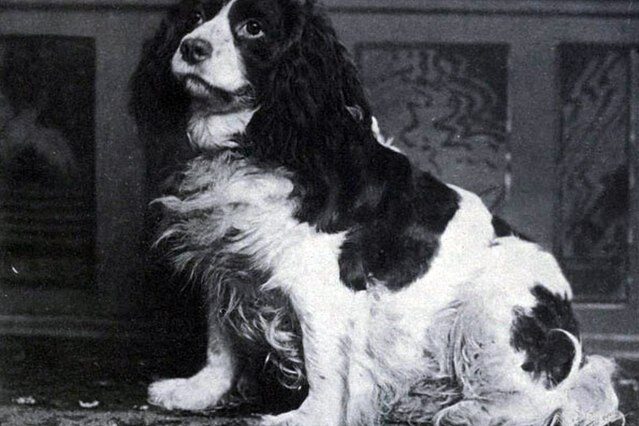
Larger and more stubborn than today’s Cocker Spaniel, the Norfolk Spaniel was a versatile hunting companion, equally at home on land and in water. Its high-maintenance temperament and strong attachment to owners made it a challenge for many, and as more manageable breeds emerged, the Norfolk Spaniel’s numbers dwindled. Crossbreeding and a lack of dedicated breeders sealed its fate, but its hunting prowess lives on in the spaniels we know today. These extinct breeds remind us that dog history is always evolving and their stories are woven into the fabric of today’s canine companions, shaping the pets we cherish.
Share your favorite extinct breed story or let us know which one surprised you most in the comments; every extinct dog has a story worth telling.


